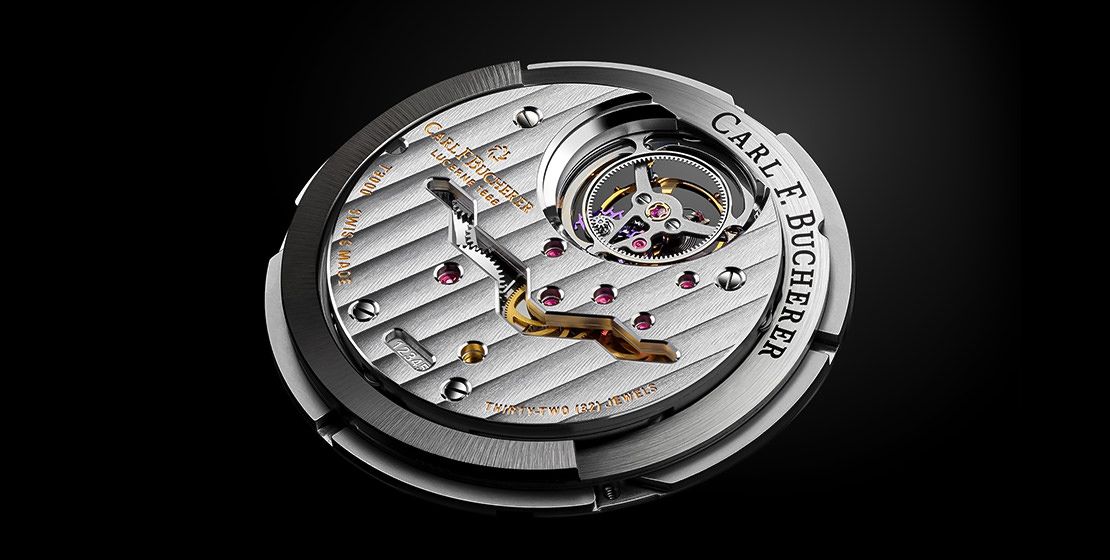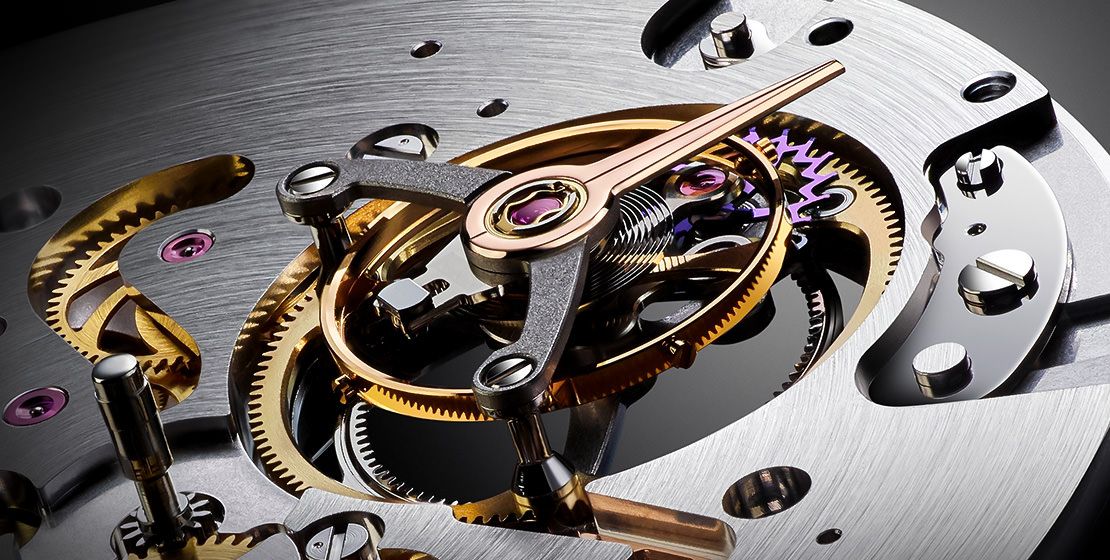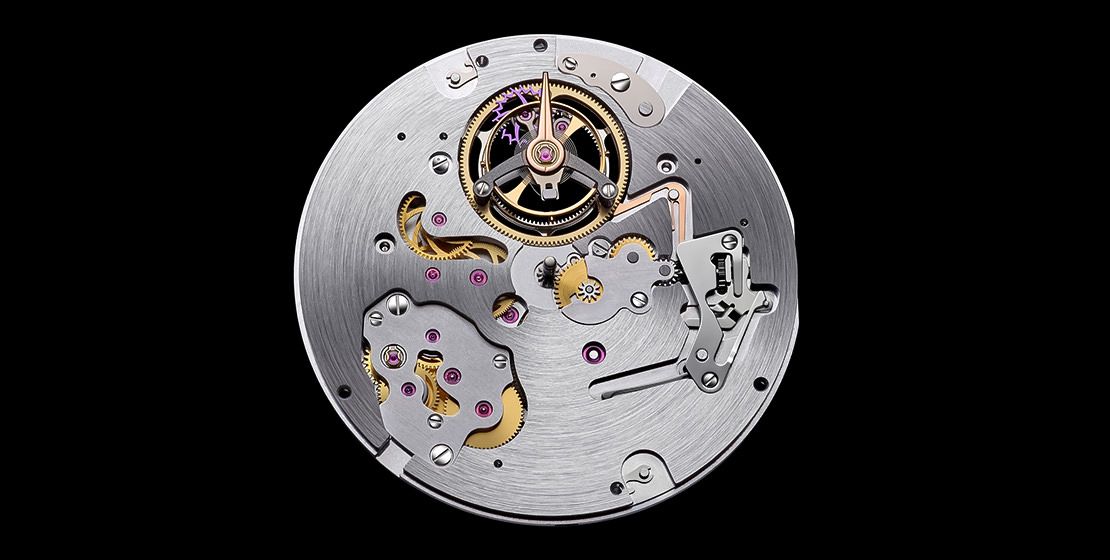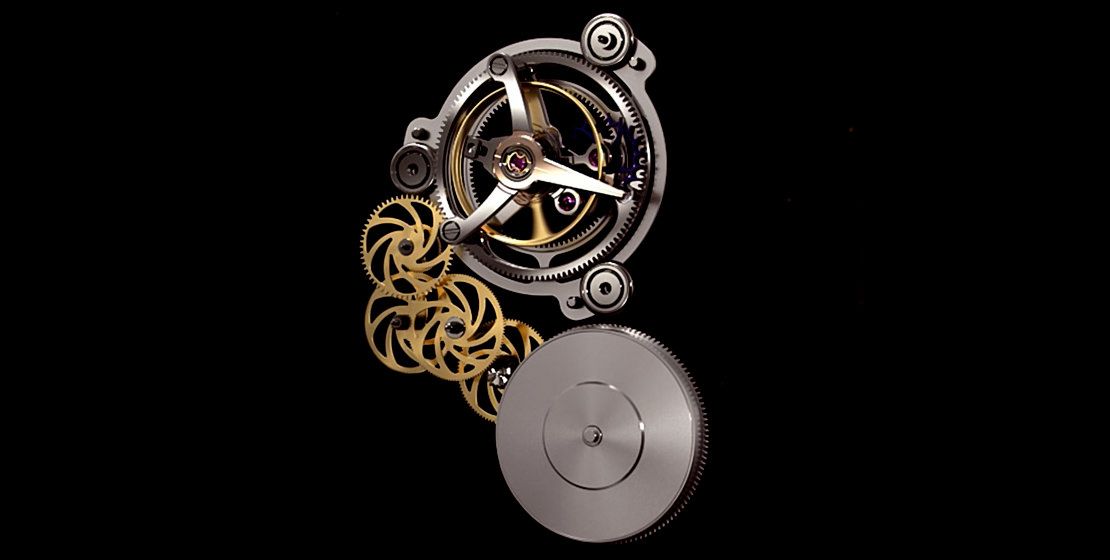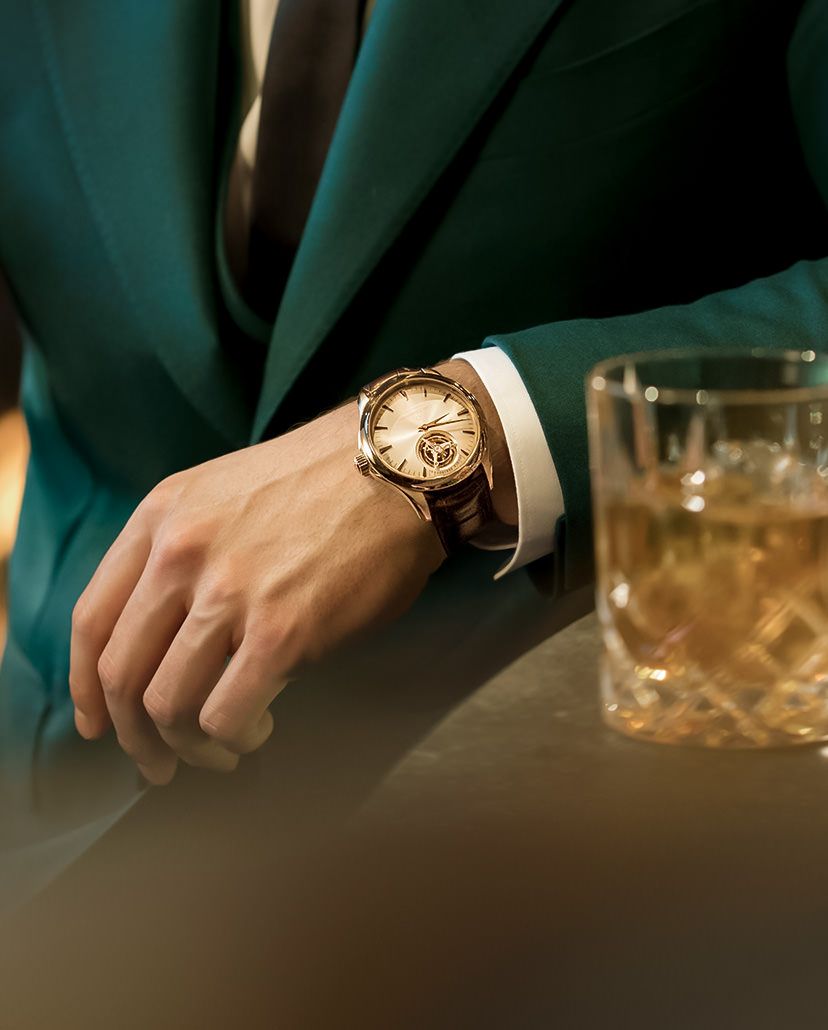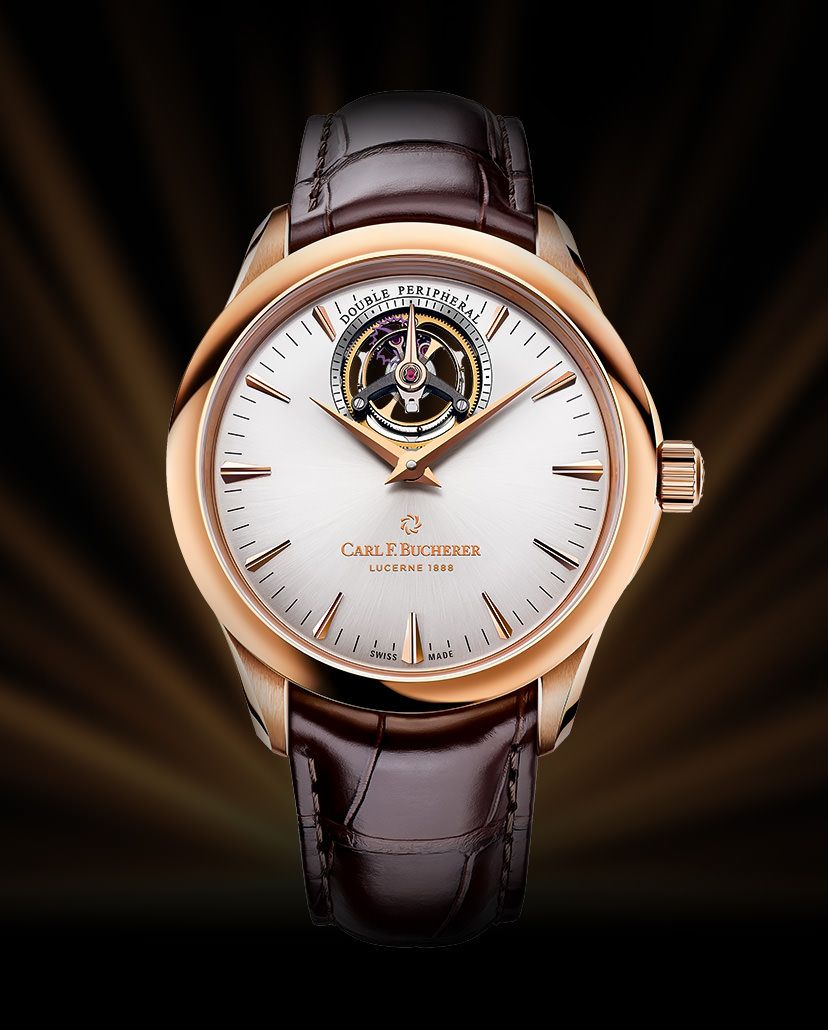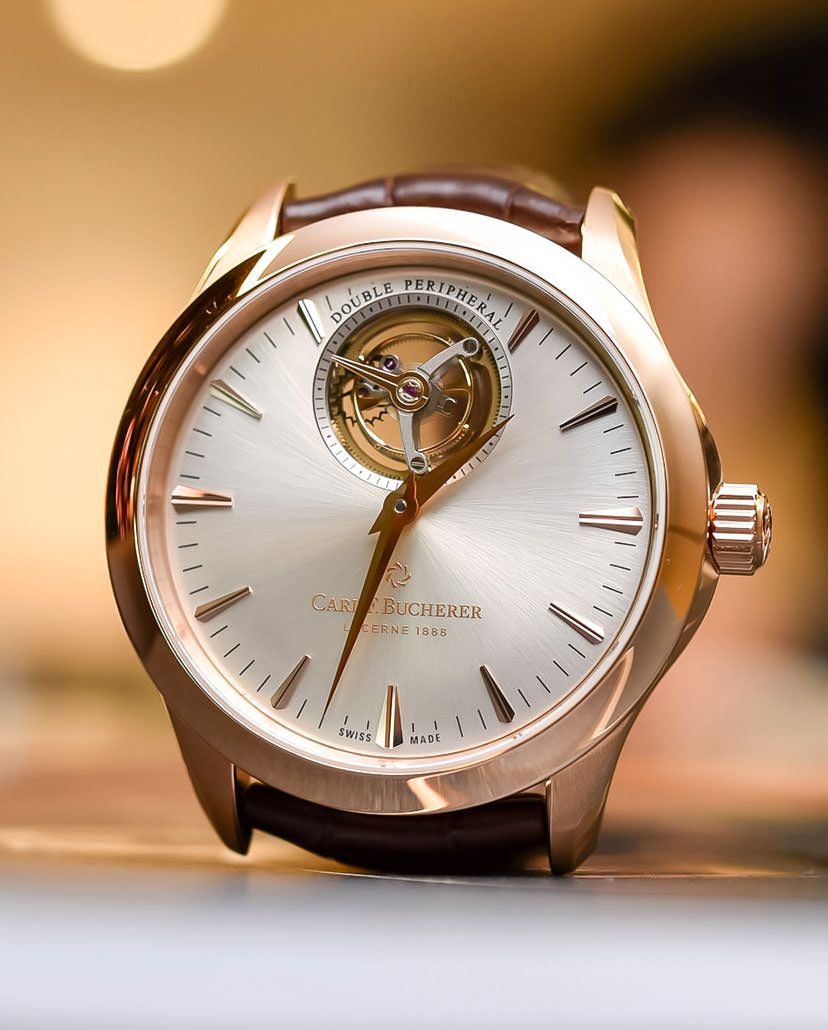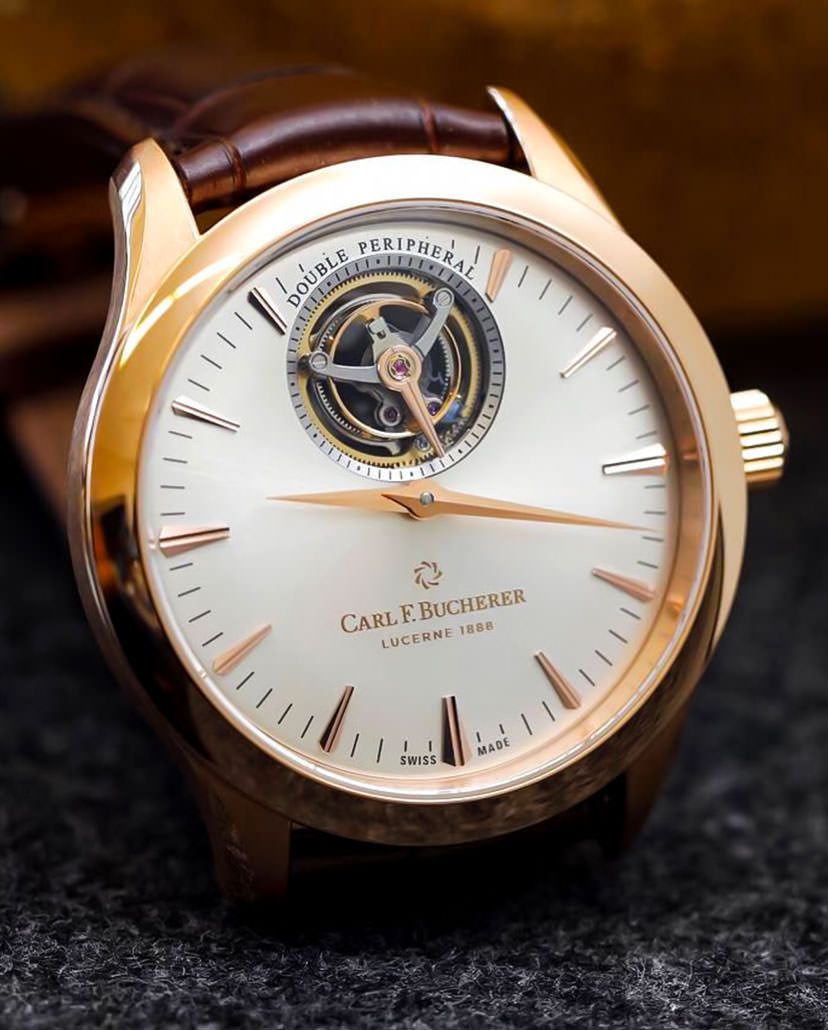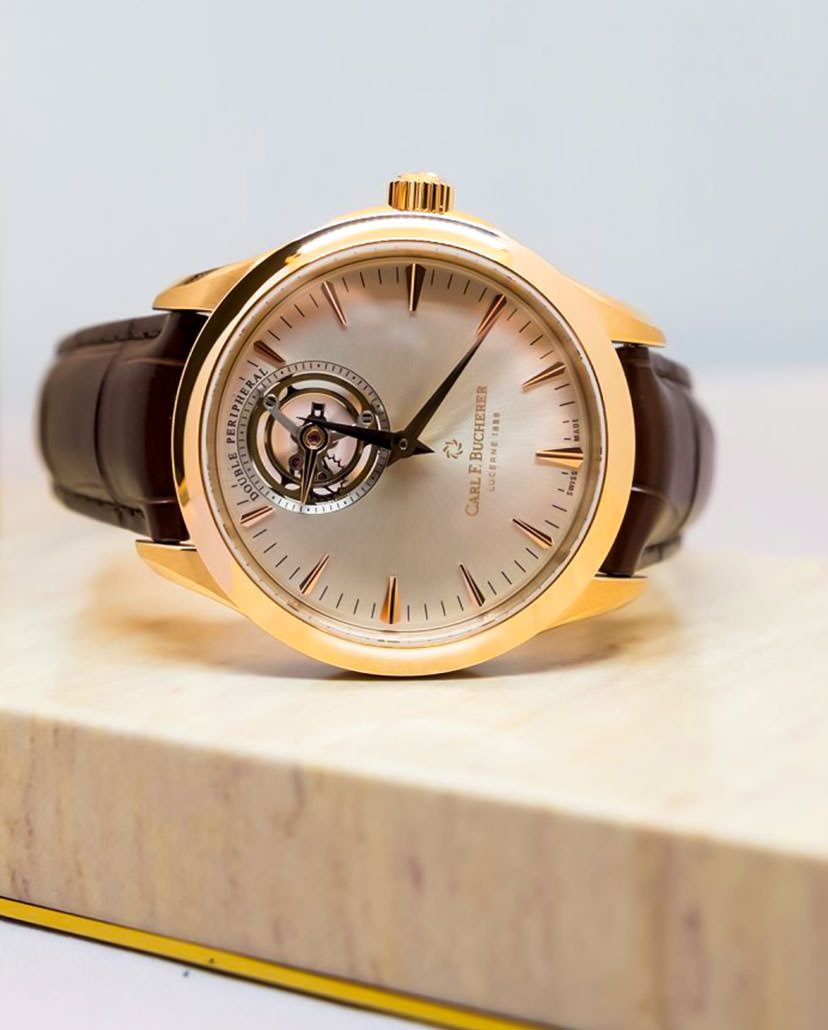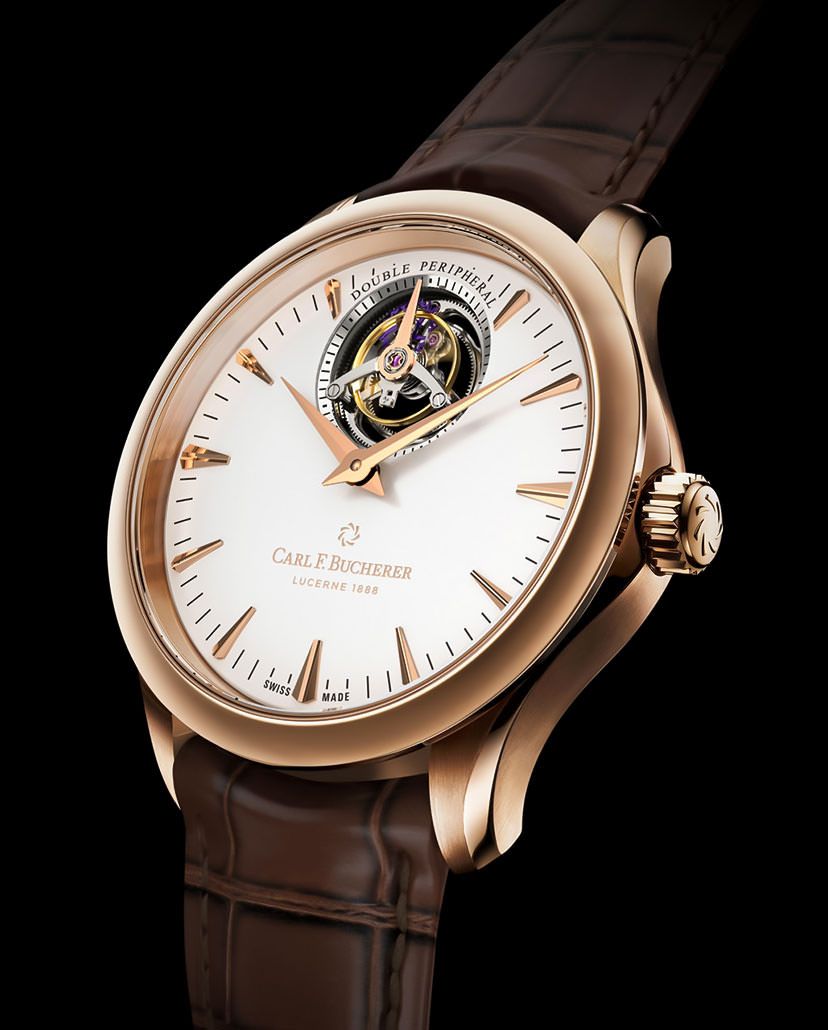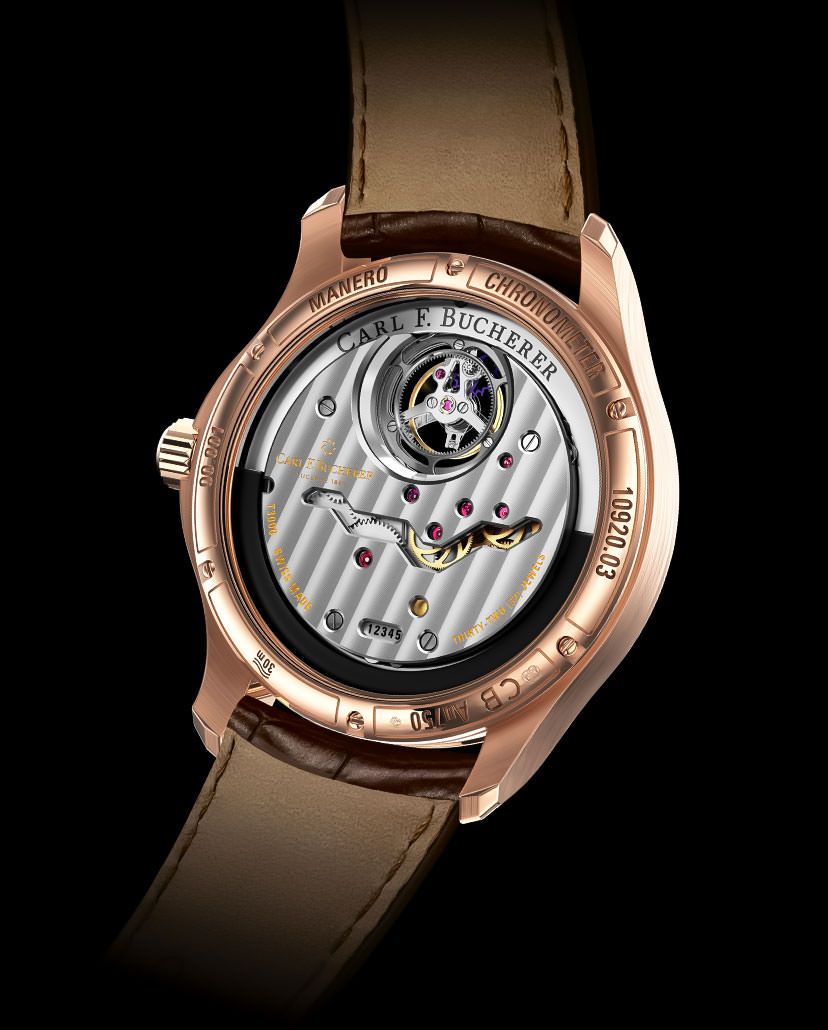ReviewThe Carl F. Bucherer Manero Tourbillon That Doubled The Peripheral Action
With the new Carl F. Bucherer Manero Tourbillon Double Peripheral—which features the brand's signature peripheral winding rotor and an unhindered view of the tourbillon cage—the Manero Peripheral series has a prestigious complication that takes the mechanism to the next level
May We Recommend
Since 2008, Carl F. Bucherer have gained prominence for their pioneering work in pushing the peripheral rotor to the forefront of Swiss watchmaking. In recent years, they’ve push the boundaries further with the launch of high-complication models in the series, including the Manero Tourbillon Double Peripheral. This path-breaking piece is fitted with a unique in-house movement CFB T3000, which combines a peripheral self-winding system and a peripherally mounted floating tourbillon, which is definitely a world first.
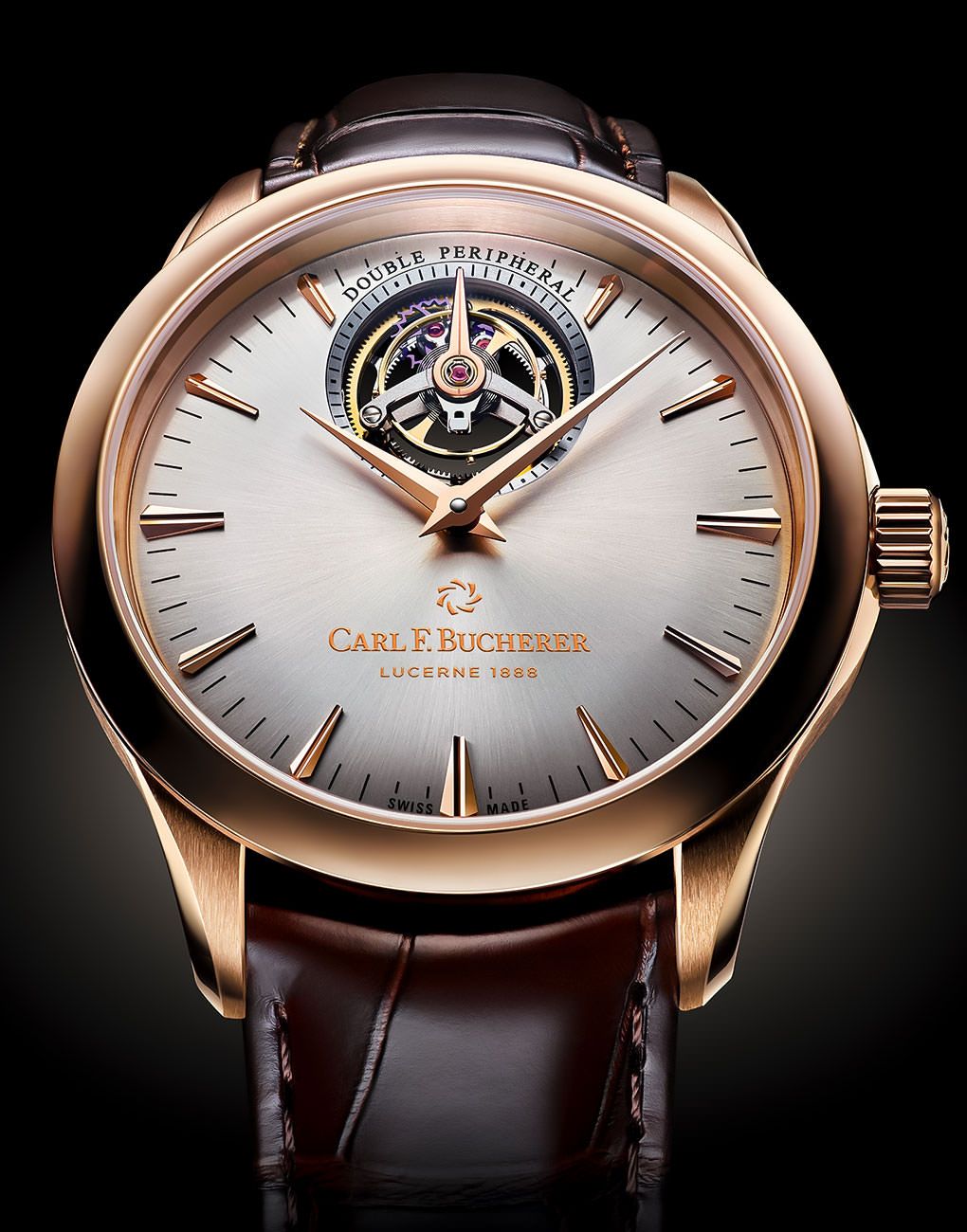
The Allure Of A Tourbillon
Housed in a rotating cage, a tourbillon (French for ‘whirlwind’) is considered as the ‘Holy Grail’ of fine watchmaking with only a handful of watchmakers having mastered it. It is the watchmaker’s expertise in the peripheral automatic-winding system that has led to the development of this major complication in the Manero Peripheral series—with a floating tourbillon. The watch also boasts of a stop-seconds function in the tourbillon, as well as a COSC certification for superior chronometry.
The unique movement draws power from its automatic-winding system that contains the peripheral rotor with the tourbillon mounted peripherally, which makes it appear as though the tourbillon cage is floating inside the watch, while it ensures precision. Invented more than two centuries ago, the tourbillon was developed to solve the technical problem of gravity impacting the accuracy of pocket watches, which individuals from that era used to keep in a static position in their waistcoat pockets. The vertically rotating balance wheel was, thus, constantly exposed to the Earth’s single-direction gravitational pull, leading to errors in the timekeeping ability of pocket watches. This solution, hence, was aimed at making the entire oscillation system rotate continuously and uniformly around its own axis, nullifying the gravitational pull.

The Advancements In This New-Age Tourbillon
A tourbillon is usually mounted with a ruby in the main plate and another in the balance-wheel bridge, helping it rotate around its own axis. The new-age flying tourbillon construction requires mounting the mechanism on the main plate itself, which itself is a significant advancement. This also means you can admire the beauty of the tourbillon only from the top. Now with this new construction of the CFB T3000 movement, Carl F. Bucherer have gone a step further by offering a clear view of the tourbillon regulator both from top and bottom. The design of the tourbillon cage, which is supported peripherally by three ceramic ball bearings, lends the appearance of a floating tourbillon. At the same time, the construction allows for a smooth running of the tourbillon cage, even as it presents an illusion of invisible mounting. The three ball bearings also act as shock absorbers. The Lucerne-based watch manufacturers have a patent for the unique construct of the peripheral rotor and a patent pending for the tourbillon with a peripherally-mounted rotating carriage.
Carl F. Bucherer use the advanced quality anti-magnetic material silicium for the pallet and escape wheel of the escapement. The use of silicium has numerous advantages. It requires low lubrication due to low friction, allows for a greater power reserve, of 65 hours, and cannot be negatively impacted by magnetic fields. This construction ensures a high level of accuracy and meets the chronometry requirements for COSC certification. Another key feature of this watch is the stop-seconds function, which helps synchronise the watch with a reference time. This can happen with abolute precision, as the movment completely stops when the crown is pulled out for adjustment, allowing you to start the movement at the exact time that you set on the watch.

The Aesthetic Appeal And Refined Details
Quite clearly the centre of attraction is the unique tourbillon, which is prominently placed at the 12 o’clock position. The tourbillon cage, which rotates around its own axis once every minute, features a hand that acts as the seconds display. With a 43mm diameter, the construction in 18-karat rose gold provides a harmonious and elegant setting for this new movement. Its classic round shape with a slight protuberance at the crown is a traditional and established feature of the Manero family.
A convex silver-coloured dial adds volume in the display with applied gold-plated, wedge-shaped indices and faceted gold-plated, lancet-shaped hands. The sapphire crystal glass has an antireflective coating on each side, which enhances the view of the dial that you get through the scratch-resistant glass. The hand-stitched brown alligator leather strap completes the look. Additionally, the watch also features the traditional Geneva stripes on the movement’s bridges, which can be admired through the sapphire crystal of the caseback. The movement is not concealed by a conventional oscillating mass, as the rotor itself is peripherally mounted—the primary signature of the Manero Peripheral series.
Carl F. Bucherer throws up double the peripheral action with the Manero Tourbillon. Crafted with the aesthetics of the Manero collection and infused with Bucherer’s technical brilliance, this watch is an aspirational novelty for watch enthusiasts the world over.


